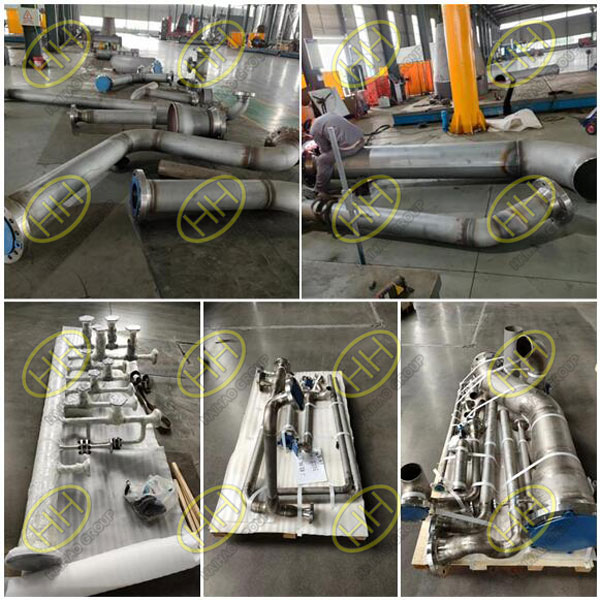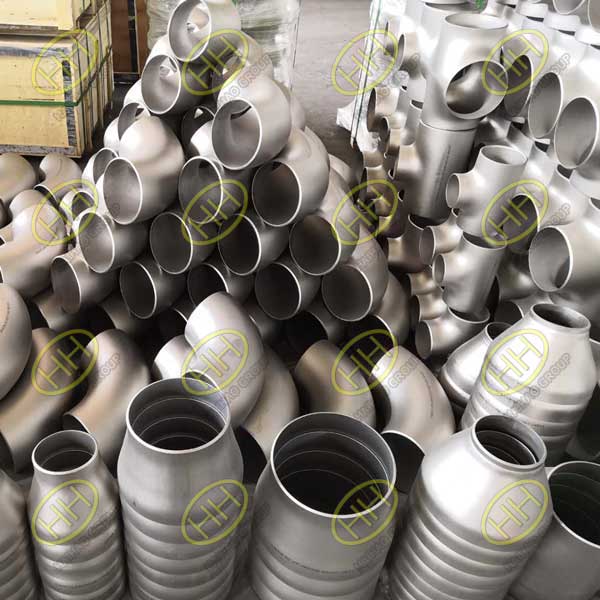The essential requirements for pipe fittings on LPG ships introduction
When it comes to the transportation of liquefied petroleum gas (LPG), the safety and efficiency of every component in the ship’s piping system are paramount. Among these components, pipe fittings play a crucial role in maintaining the integrity and reliability of the system. In this promotional article, we will explore the essential requirements for pipe fittings on LPG ships, highlighting the importance of quality, durability, and compliance with industry standards.
Material Selection and Compatibility:
Pipe fittings used in LPG ships must be constructed from high-quality materials that offer exceptional resistance to extreme temperatures, corrosion, and pressure. Stainless steel and alloy steel fittings are commonly preferred due to their superior strength and durability. Moreover, compatibility with the specific characteristics of LPG, such as its chemical composition and temperature requirements, is critical to ensure the safe containment and transfer of the gas.

Prefabricated Pipes
Tight Sealing and Leak Prevention:
The pipe fittings installed on LPG ships must provide a tight and reliable seal to prevent any leakage of the highly volatile gas. The fittings should be designed with precision and manufactured to exacting standards to ensure a secure connection. Proper sealing not only ensures the safety of the vessel and crew but also prevents any potential environmental hazards that may arise from gas leaks.
Compliance with Industry Standards:
LPG ships operate under strict regulations and standards established by international maritime organizations, such as the International Maritime Organization (IMO). Pipe fittings must comply with industry-specific standards, such as those set by the American Society of Mechanical Engineers (ASME) and the International Organization for Standardization (ISO). Compliance ensures that the fittings meet stringent quality and safety requirements, providing peace of mind to ship operators and regulatory bodies.

Stainless steel pipe fittings
Resistance to Extreme Conditions:
LPG ships operate in challenging environments, encountering varying temperatures, pressures, and corrosive conditions. Pipe fittings must be designed to withstand these extreme conditions without compromising their structural integrity. They should be resistant to thermal expansion and contraction, as well as capable of withstanding high-pressure fluctuations and exposure to corrosive gases.
Easy Installation and Maintenance:
Efficiency in installation and maintenance is crucial for LPG ships, as any downtime can disrupt operations and result in significant economic losses. Pipe fittings should be designed for easy installation and accessibility, allowing for efficient maintenance and inspection activities. Additionally, fittings that are designed with minimal maintenance requirements contribute to the overall operational efficiency of the vessel.
The requirements for pipe fittings on LPG ships are stringent, necessitating the use of high-quality materials, precise manufacturing processes, and compliance with industry standards. Haihao Group understands the critical importance of reliable and durable pipe fittings in the transportation of LPG. With our commitment to quality and adherence to international standards, we provide a comprehensive range of pipe fittings specifically designed for LPG ships. Our products not only meet the demanding requirements of the industry but also ensure the safety, efficiency, and uninterrupted operations of LPG ships worldwide.

